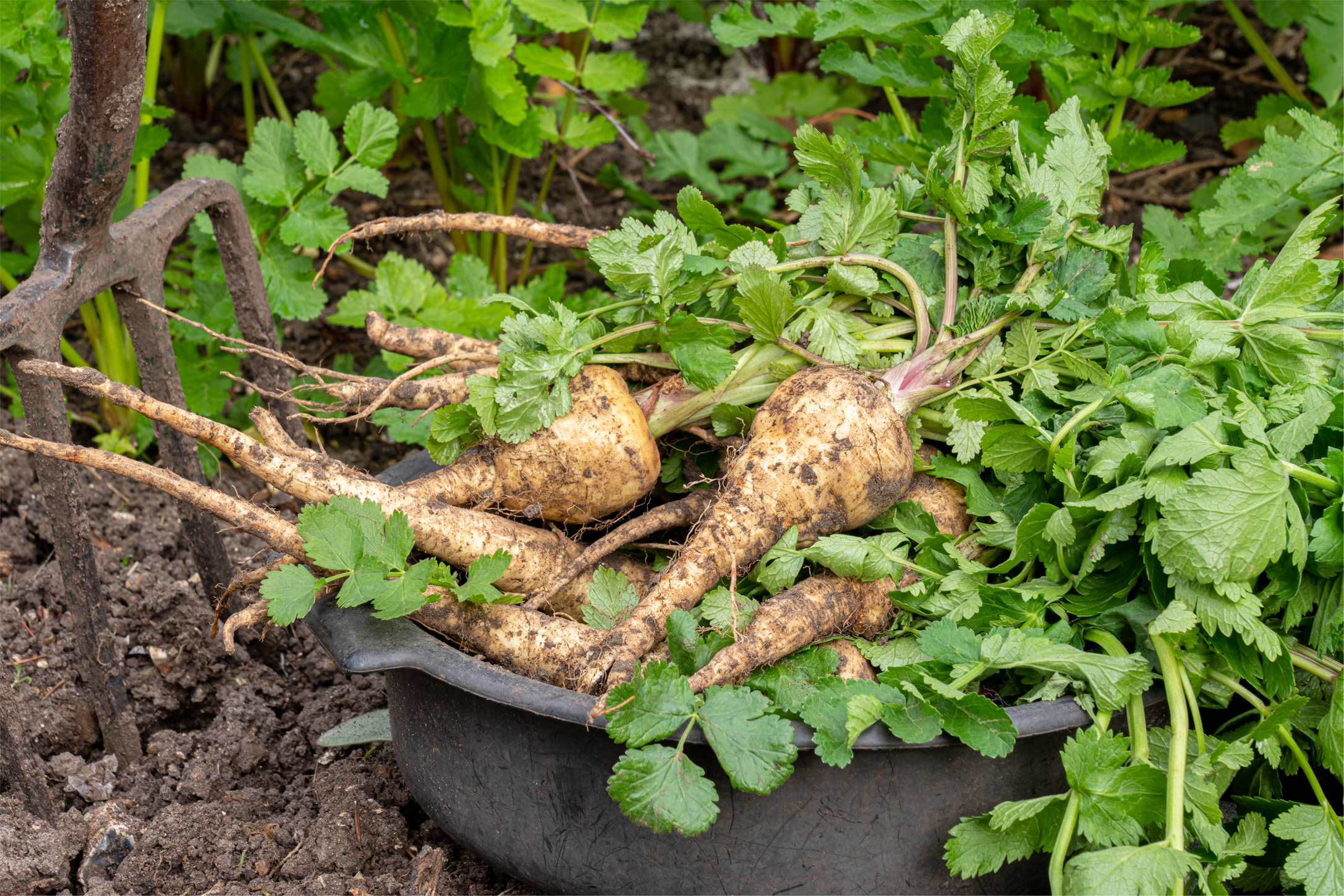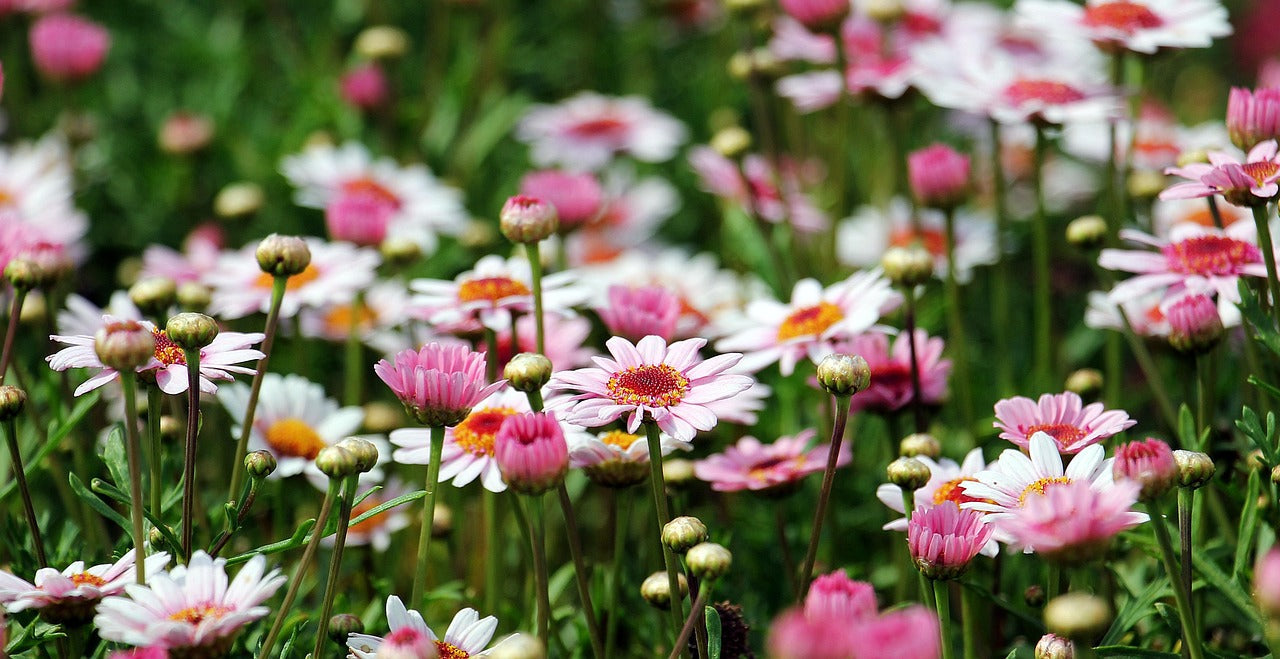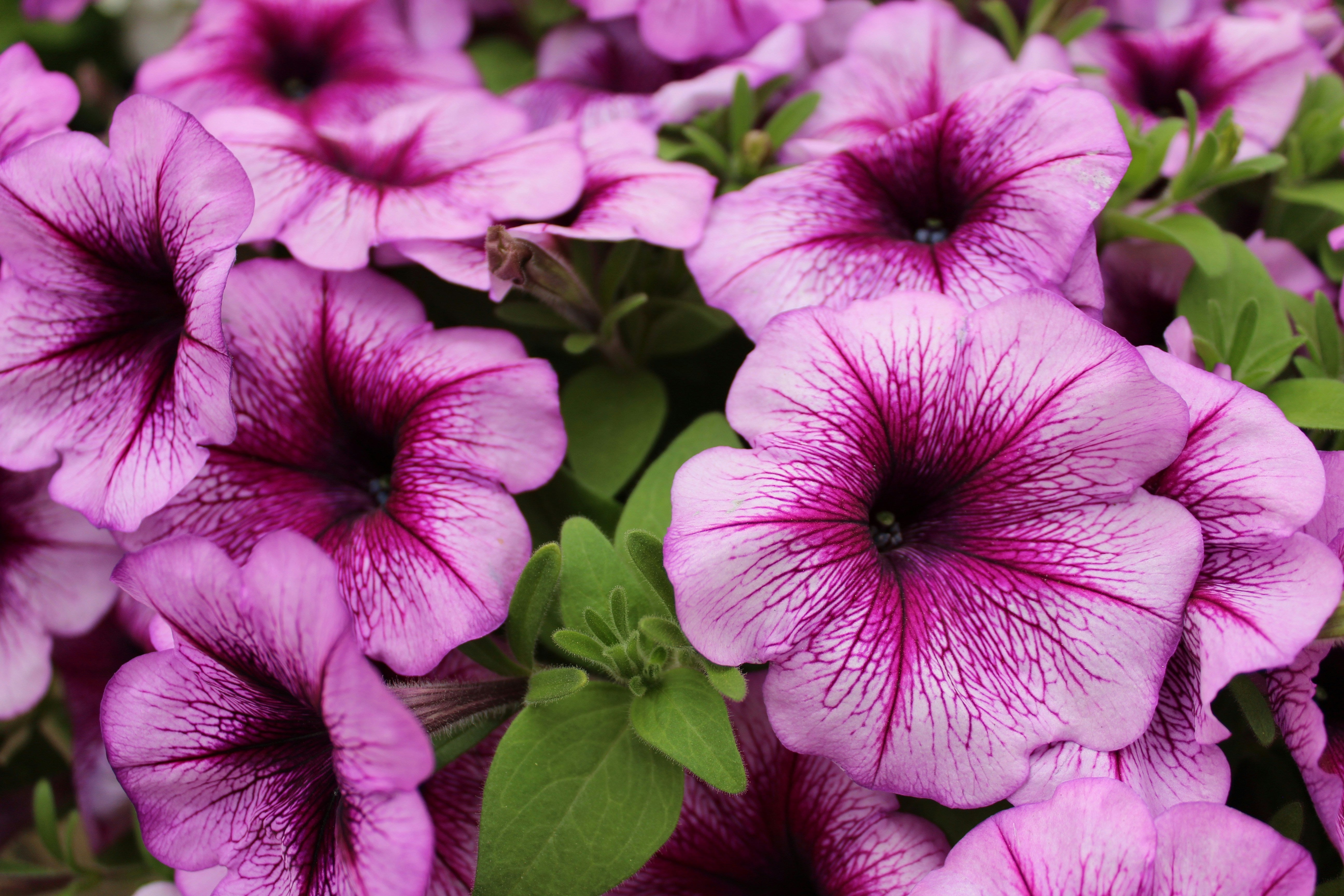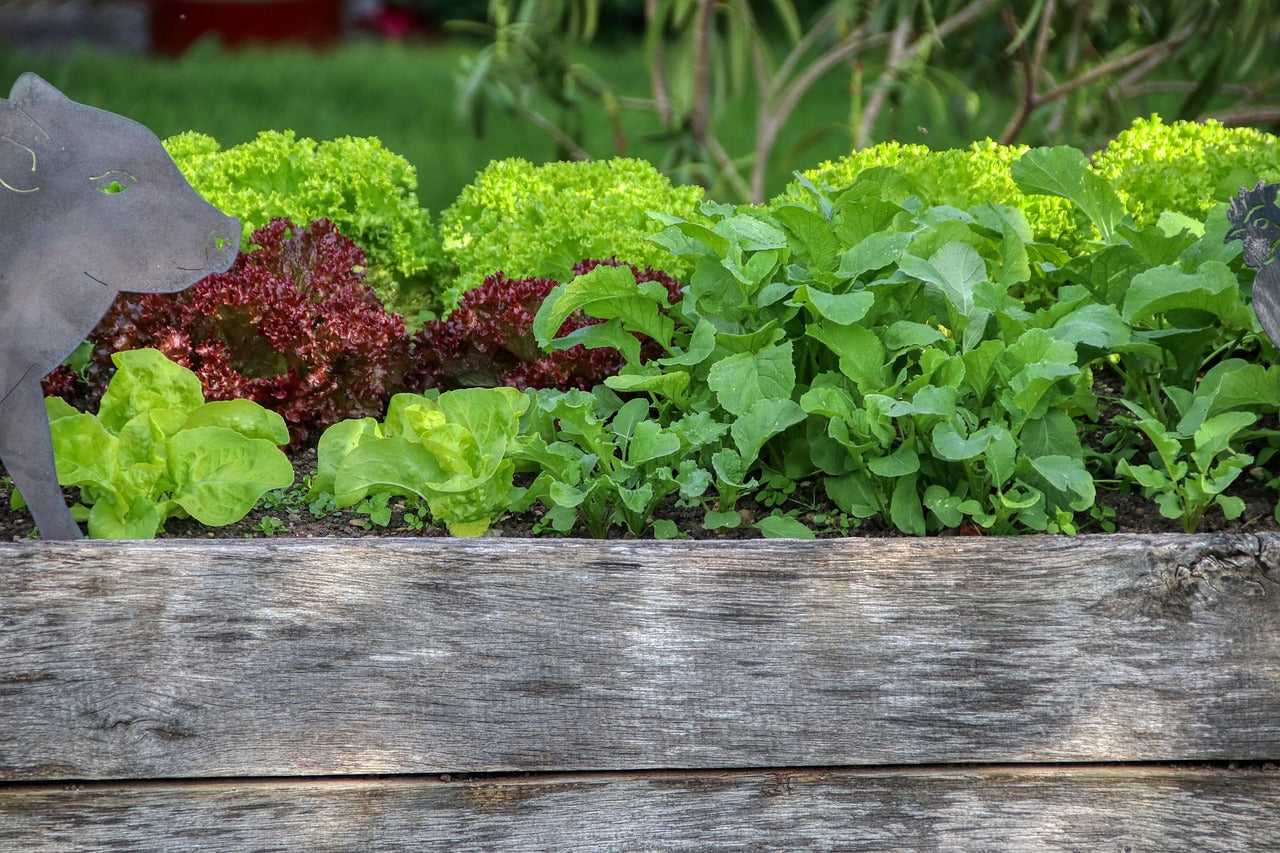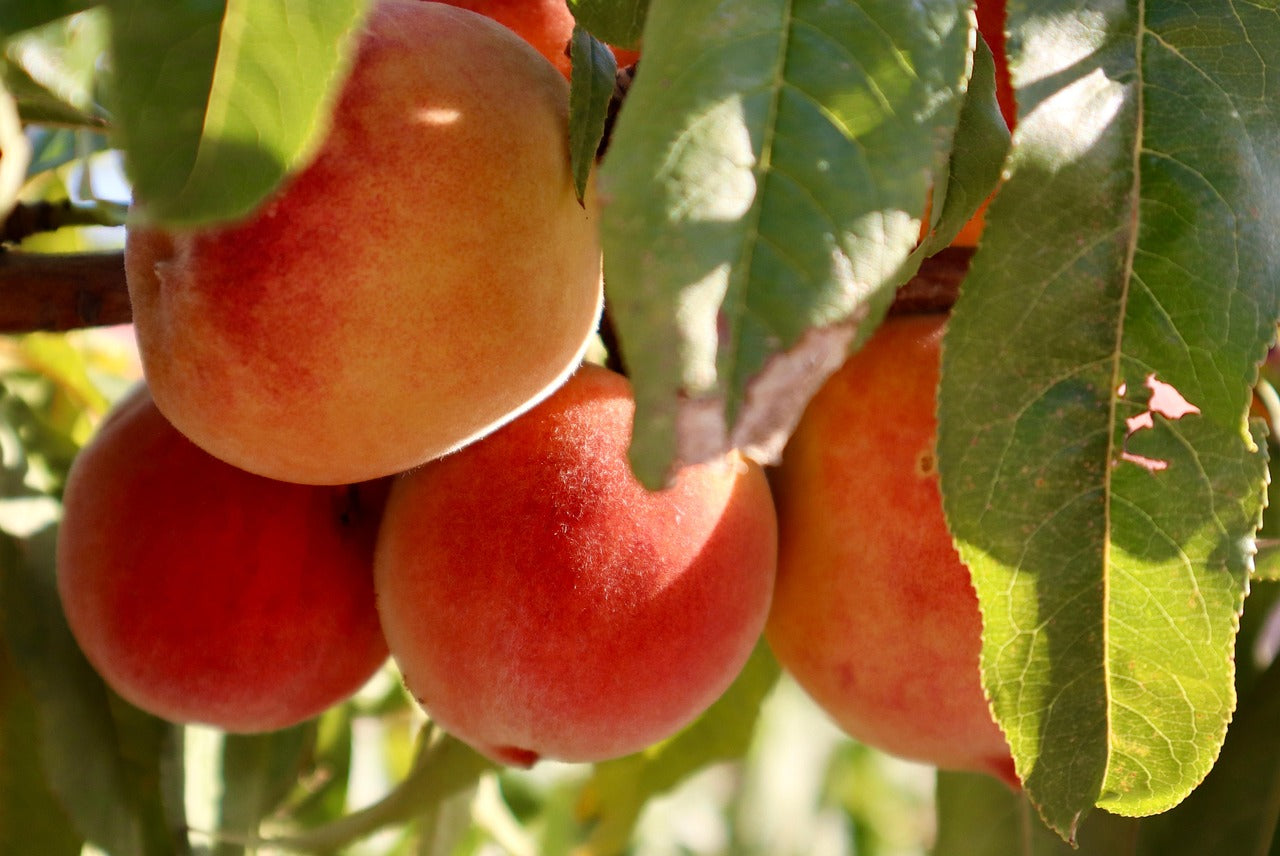Parsnips offer a sweet, nutty flavour when added to stews, stir-frys and soups. Plus, they're even tastier when grown in your own garden!
Cut costs by growing these delicious root vegetables. Parsnips are easy to grow with patience being the key to success, as parsnip seeds take several weeks to germinate. If you're keen to try your hand at growing parsnips, have a read through our top growing tips below.

A few popular parsnip varieties:
- Hollow Crown: An heirloom parsnip with long roots. Great for smaller spaces with its compact and conical roots, however they can be slow to germinate. Sow seeds thickly as germination can be irregular. Harvest at around 18 weeks.
- Gladiator: Large wedge-shaped roots with a sweet flavour. Delicious flesh with silky smooth white skin. Sow thickly as germination can be irregular, watering well until plants are established.
- Albion: White roots that are big and chunky. This variety is great to plant after potatoes, as they like deeply dug soil. Harvest at around 17-18 weeks.
- Javelin: Ideal for spring harvests. Slim, smooth, tapered roots with a shallow crown. Similar in appearance to the Albion variety, but a little bit narrower. Harvest at around 15-16 weeks.
- Guernsey: An heirloom variety. Requires space for its bushy green tops to spread. Harvest at around 17-18 weeks.
- Supersnip: Very smooth white skin, giving it a soft texture and great taste. Harvest at around 18 weeks.
Sun
Parsnips enjoy full sun, so ensure they are planted in a sunny part of the garden. Sow your seeds directly into the garden during spring to early summer, either in the early morning or in the evening to avoid exposing the seed to intense sunlight. Check the soil temperature is warmer than 10 degrees so that the seeds can germinate. To speed up the germination process, keep the soil moist.
Soil
As a root vegetable, fertile soil is key to growing great parsnips. Ensure that seeds are planted in free-draining, loose and fertile soil to encourage even root development. Work the soil through to remove lumps and debris such as stones which can affect parsnip formation. When sowing, add seed raising mix such as Tui Seed Raising Mix.
Space
If you’re planting in rows, allow space of 40-50cm between each row. Group three or four seeds together at a finger’s length apart to guarantee a good crop. After 4 weeks, once the seedlings have sprouted, go through and remove the weaker seedlings (thin) to allow more space for the parsnips to grow larger. We recommend keeping around 10 plants per person.
Nourish
Feed parsnips with fertiliser such as Tui Vegetable Mix, as they grow. Ensure the fertilser is dug deep into the soil so that the roots grow in search of nutrients rather than growing up towards the surface. Water deeply and regularly, especially during the summer months.
Harvesting
Once several of the leaves are beginning to die back your parsnips are ready to harvest. However, you can leave your parsnips safely in the ground until needed. To harvest sweeter parsnips, wait until a few frosts have passed before digging them up. Frosts actually increase the sugar levels of parsnips, giving them a sweeter taste.
Parsnips are Compatible with:
- Garlic
- Onion
- Potatoes
- Radishes
- Capsicum
- Peas
Avoid Growing Parsnips close to:
- Carrots
- Fennel
- Dill
- Celery

